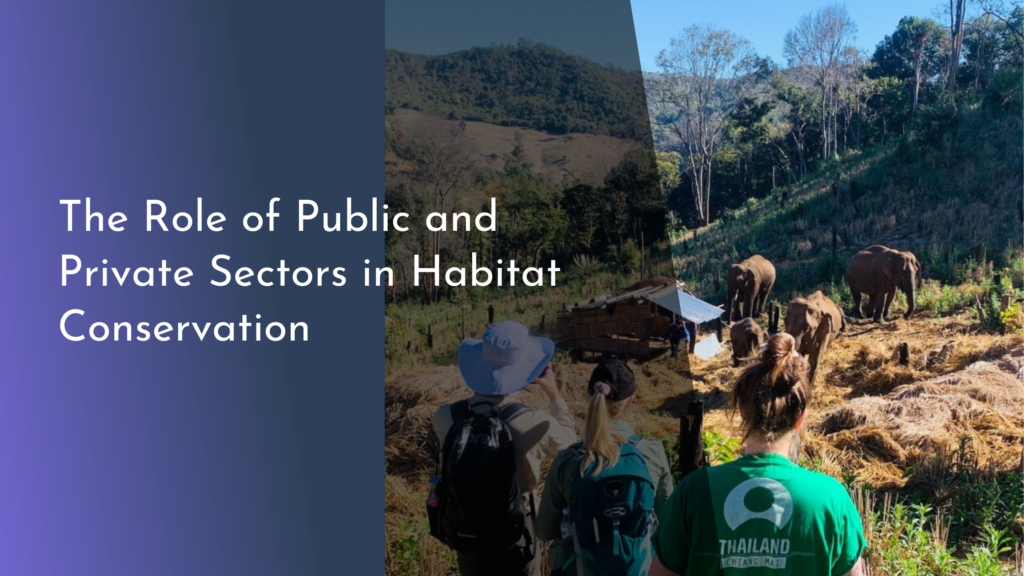How Agroforestry Supports Community-Led Conservation Efforts
Agroforestry, the practice of integrating trees and shrubs into agricultural landscapes, offers a multitude of benefits that extend beyond mere economic gains. It creates a harmonious balance between agriculture and forestry, fostering biodiversity, enhancing soil health, and promoting sustainable land use practices. As communities around the world grapple with environmental degradation and climate change, agroforestry emerges as a powerful tool in community-led conservation efforts. This article explores how agroforestry contributes to ecological resilience, empowers local communities, and showcases success stories that demonstrate its transformative potential.
Discover the Benefits of Agroforestry for Communities
Agroforestry systems provide a multitude of environmental benefits that directly impact local communities. By integrating trees into agricultural practices, these systems enhance biodiversity, improve soil fertility, and mitigate erosion. The presence of trees helps to sequester carbon, playing a crucial role in combating climate change. Moreover, they offer shade and habitat for various species, fostering a more balanced ecosystem that can support a range of flora and fauna. As a result, communities that adopt agroforestry can expect healthier landscapes that contribute to both food security and environmental sustainability.
In addition to environmental advantages, agroforestry can significantly boost local economies. By diversifying crops and creating new income streams, such as timber, fruits, nuts, and medicinal plants, communities can reduce their reliance on monoculture farming, which often leaves them vulnerable to market fluctuations. Furthermore, agroforestry practices can enhance the resilience of agricultural systems against pests and diseases, making local food systems more robust. With improved soil health and increased productivity, communities not only benefit from better yields but also enjoy higher nutritional values in their diets.
Empowering Local Voices in Conservation Initiatives
Agroforestry is inherently a community-centered practice, encouraging local involvement and leadership in conservation efforts. By actively engaging community members in the planning and implementation of agroforestry projects, local knowledge and cultural practices are honored and utilized. This empowerment fosters a sense of ownership and responsibility, enabling communities to take charge of their natural resources and ensuring that conservation efforts are relevant and effective. When people feel their voices are heard, they are more likely to participate actively, leading to greater success in conservation initiatives.
Moreover, agroforestry promotes collaboration among community members, fostering relationships and teamwork. As individuals come together to share insights, experiences, and resources, social capital grows, creating networks that can effectively address local environmental issues. This collective approach not only strengthens community bonds but also enhances the capacity for adaptive management in response to changing environmental conditions. By promoting local voices in conservation, agroforestry paves the way for sustainable practices that are tailored to the specific needs and challenges of each community.
How Trees and Farms Work Together for a Greener Future
The synergy between trees and agricultural crops creates a more sustainable and resilient agricultural system. Trees play a vital role in improving soil health by preventing erosion, enhancing water retention, and providing organic matter through leaf litter and root systems. This, in turn, boosts crop yields and reduces the need for chemical fertilizers, resulting in healthier produce and reduced environmental impact. Additionally, the shade provided by trees can help regulate microclimates, protecting crops from extreme weather conditions and improving overall productivity.
Furthermore, agroforestry systems can promote pollination and pest control, essential components for successful farming. Many trees attract beneficial insects, creating habitats that support pollinators and natural pest predators. This integrated approach leads to a decrease in the reliance on chemical pesticides, contributing to a healthier ecosystem. As farms become more resilient and self-sufficient, they also contribute to broader conservation goals, helping to restore degraded landscapes and preserve biodiversity for future generations.
Success Stories: Agroforestry Transforming Local Ecosystems
Across the globe, numerous success stories highlight the transformative impact of agroforestry on local ecosystems. In Kenya, the Green Belt Movement has empowered communities to plant millions of trees, combining agroforestry with community engagement to restore degraded lands and improve local livelihoods. This initiative not only enhances food security but also contributes to reforestation efforts, showcasing how agroforestry can serve as a model for sustainable development. Through education and participatory practices, local communities have become stewards of their environment, fostering ecologically richer landscapes.
Similarly, in India, the practice of integrating mango trees with traditional crops has led to increased biodiversity and improved soil health. Farmers in the region have reported higher income levels and enhanced resilience against climate variability. The success of this agroforestry model demonstrates the potential for local innovation and adaptation to contribute to conservation efforts. These stories not only inspire other communities to adopt agroforestry practices but also illustrate the profound impact that community-led conservation can have on the environment and local economies.
Agroforestry stands as a beacon of hope for communities striving to balance agricultural needs with environmental conservation. By fostering sustainable practices, empowering local voices, and creating synergistic relationships between trees and farms, agroforestry paves the way for a greener and more prosperous future. Success stories from around the world serve as powerful reminders of the potential that lies in integrating traditional knowledge with innovative practices. As communities continue to embrace agroforestry, they not only nurture their ecosystems but also lay down the foundations for sustainable livelihoods, showcasing a bright path forward for future generations.

